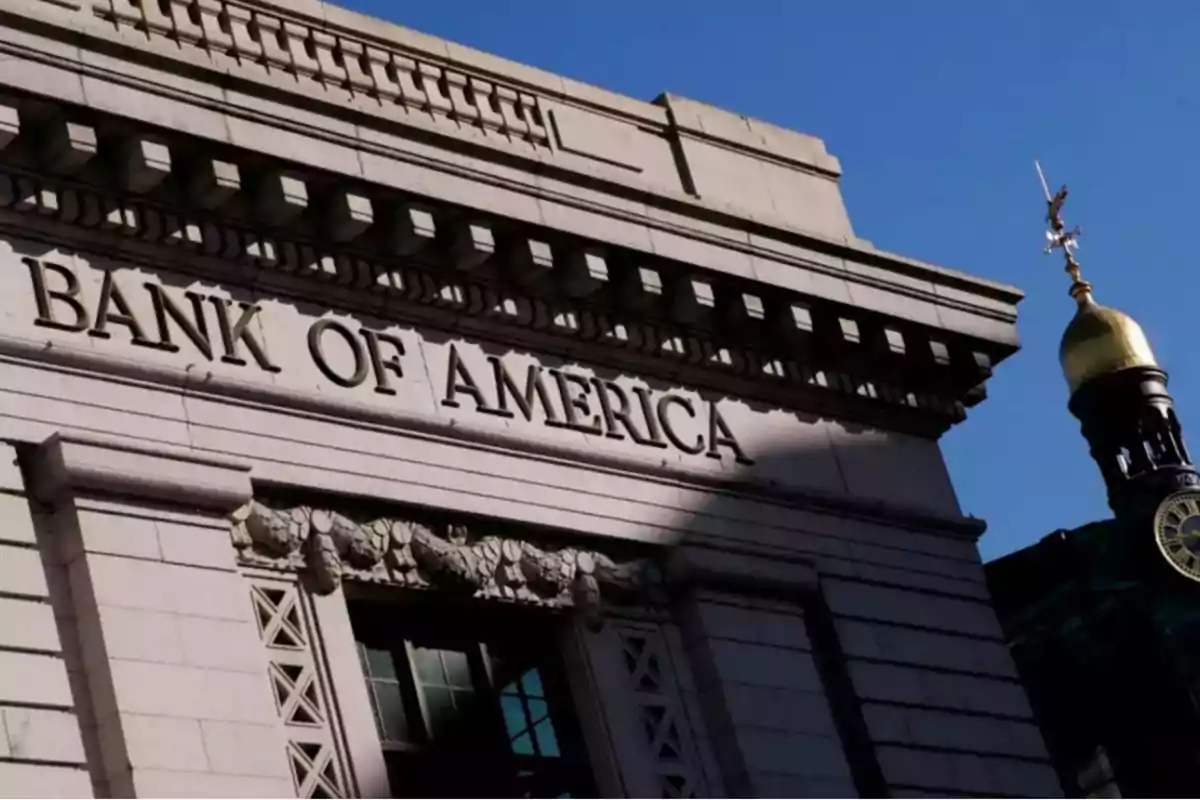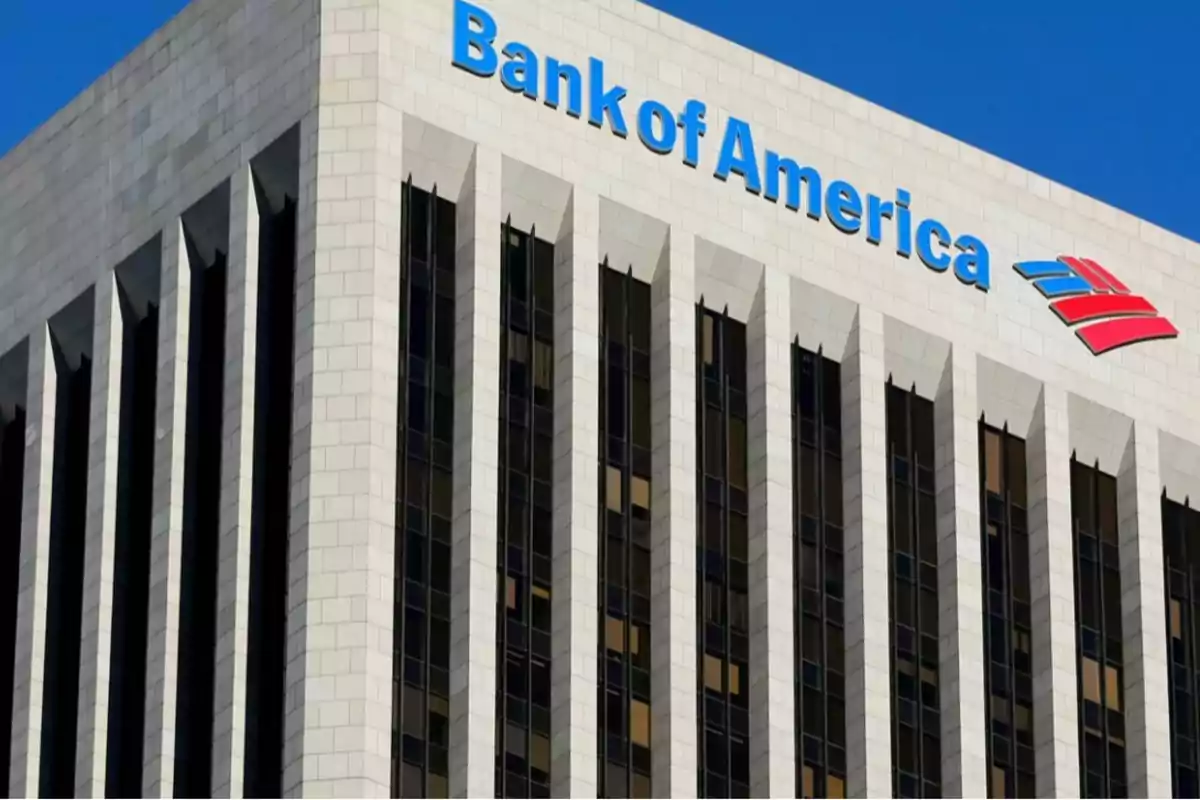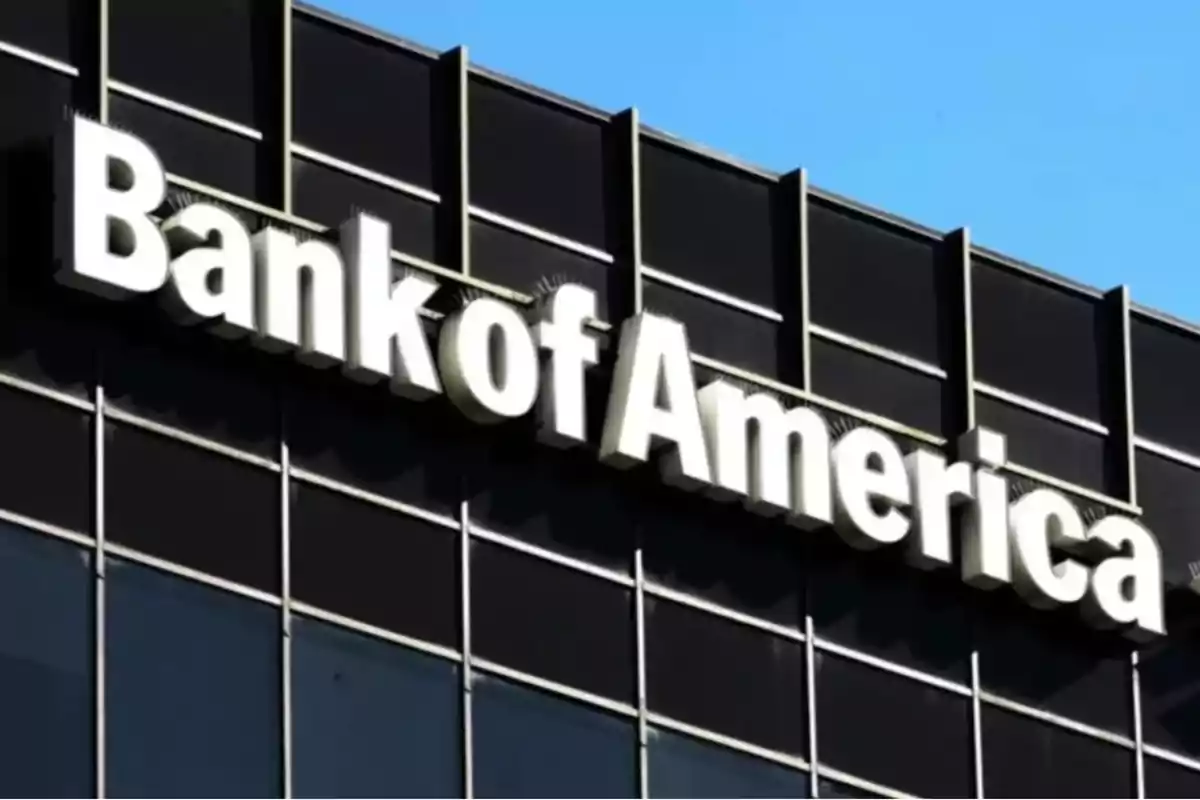
Bank of America called to 'buy pesos' after the lifting of the monetary restrictions
The change in strategy is supported by a more positive reading of the Argentine macroeconomic context
Bank of America, one of Wall Street's giants, made an unexpected shift in its strategy for Argentina: after predicting a strong devaluation, it now suggests buying pesos and bets on a scenario of currency appreciationexchange rate. The change comes just two months after forecasting an official dollar rate of $1,400 by the end of 2025.
The new report from the entity, published on April 23 under the title "Argentina: Stick it to the floor. Buy ARS", proposes two peso-based operations based on the new exchange rate bands policy implemented by the Government. The entity recommends selling three-month futures (NDFs) and buying Lecaps maturing in October 2025.
"We initiate two long peso operations at a reference parity of 1.091", detailed analysts Ezequiel Aguirre, Sebastián Rondeau, Christian González Rojas, and David Hauner.
Recommended operations: NDFs and Lecaps
The first suggestion is to sell three-month NDF contracts at a value of $1,202, with implicit rates of 39%. If the bands are maintained, the ceiling would change to $1,442 and the floor to $970, which would imply a potential gain of 24% or a maximum loss of 16.7%, depending on the Central Bank's behavior.

The second operation is the purchase of Lecaps maturing in October 2025, which are trading at $102.9 with a yield of 34.5%. "This instrument pays a 2.2% monthly compound rate", the report highlighted.
Foundations of the new approach: fiscal surplus and favorable expectations
The strategy change is supported by a more positive reading of the Argentinemacroeconomic context, which includes a fiscal surplus, political stability, and improvement in the external balance.
"The fiscal balance shows a surplus for the first time since 2008", the document noted. It also highlights that public debt is decreasing, risk premiums are falling, and the economy is decoupling from its external dependency.

On a political level, Bank of America highlights the social support for President Javier Milei, whose approval levels remain between 48% and 52%. Additionally, it projects a good performance in the midterm legislative elections, key for the continuity of the economic plan.
Differences with the past and present risks
The report contrasts with 2018, when Mauricio Macri's government's exchange rate band scheme failed after the PASO, triggering a currency run. This time, they point out, the context is different: reduced fiscal deficit, more balanced external accounts, and recovering reserves.
However, analysts warn about latent risks: higher-than-expected inflation, a stronger global dollar, or rapid currency purchases by the BCRA or the Treasury that could pressure the exchange rate.
Growth expectations and peso strengthening
Bank of America's optimistic view is also supported by the expected evolution of real GDP, with a 5% growth in 2025 and projected inflation of 32%, with room for improvement. The greater demand for real balances would allow the Central Bank to expand the monetary base by buying dollars without generating inflation, in case the peso hits the floor of the band.
Additionally, a new USD 2 billion repo loan with international banks and a possible special credit line from the U.S. are anticipated if external shocks arise.
With an exchange rate closer to the floor than the ceiling, according to measurements in the Rofex and NDF markets, the U.S. financial giant radically changes its stance and sees the peso as an opportunity rather than a risk.
More posts: